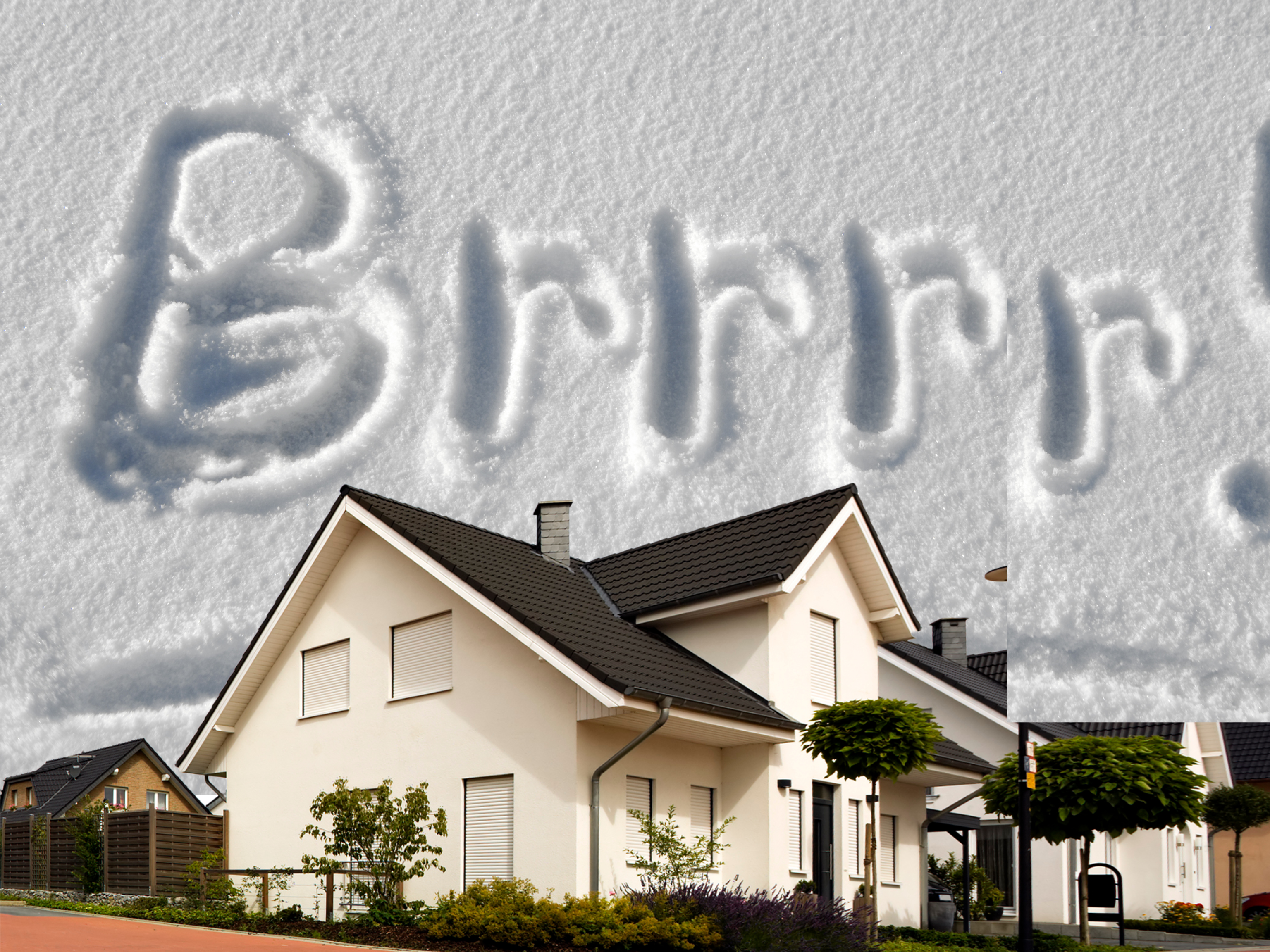13 min read

The BRRRR method; Buy, Rehab, Rent, Refinance, Repeat, is a real estate investment strategy that helps investors grow portfolios by recycling the same capital.
Instead of using new funds for every deal, investors buy undervalued homes, fix them up, rent them out, refinance to pull out their cash, and repeat the process.
How It Works:
-
Buy: Find discounted or distressed properties.
-
Rehab: Renovate to boost value and make them rent-ready.
-
Rent: Generate steady cash flow from tenants.
-
Refinance: Use the new appraised value to recover your initial investment.
-
Repeat: Reinvest in another property to scale faster.
Benefits:
-
Builds long-term wealth and cash flow
-
Expands your portfolio using the same funds
-
Provides tax advantages through depreciation and write-offs
Challenges:
-
Rehab overruns, refinancing risks, and market shifts can reduce returns.
-
Requires active management and upfront capital before refinancing.
The BRRRR method suits hands-on investors comfortable with higher risk and renovation work.
For those seeking more passive income, traditional buy-and-hold may be better.
Truss Financial Group offers funding solutions to help investors successfully complete the refinance stage and scale with confidence.
If you’re a real estate investor looking to grow your portfolio without constantly coming up with new capital, you’ve probably heard of the BRRRR method.
But what exactly is it, and how does it work?
The BRRRR method stands for Buy, Rehab, Rent, Refinance, Repeat, a real estate investment strategy that allows you to recycle your capital and reinvest in more properties.
By the end of this guide, you’ll understand how the BRRRR method works, why it’s a powerful tool for real estate investors, and how you can apply it to scale your real estate portfolio.
____________________________________________________________________________
Key Takeaways
![]() The BRRRR method (Buy, Rehab, Rent, Refinance, Repeat) helps real estate investors grow their portfolios by recycling capital.
The BRRRR method (Buy, Rehab, Rent, Refinance, Repeat) helps real estate investors grow their portfolios by recycling capital.
![]() Investors buy undervalued properties, renovate them, rent them out, refinance to pull out their investment, and then repeat the process.
Investors buy undervalued properties, renovate them, rent them out, refinance to pull out their investment, and then repeat the process.
![]() This strategy allows for faster portfolio growth, steady rental income, and increased property value while using the same capital multiple times.
This strategy allows for faster portfolio growth, steady rental income, and increased property value while using the same capital multiple times.
![]() Unexpected rehab costs, refinancing risks, and tenant management can impact profitability. Success depends on market conditions and careful planning.
Unexpected rehab costs, refinancing risks, and tenant management can impact profitability. Success depends on market conditions and careful planning.
![]() It is ideal for hands-on investors with renovation experience and access to financing. Less suited for those seeking passive, low-risk investments.
It is ideal for hands-on investors with renovation experience and access to financing. Less suited for those seeking passive, low-risk investments.
____________________________________________________________________________
What is the BRRRR Method?
The BRRRR method is a real estate investment strategy that allows investors to grow their real estate portfolio by recycling capital. Instead of using new funds for each deal, investors reinvest the same capital by buying, rehabbing, renting, refinancing, and repeating the process.
This strategy helps investors maximize their returns while minimizing the amount of cash tied up in a single investment property.

The BRRRR Steps
1. Buy
Find a distressed property that is priced below market value. These can be foreclosures, fixer-uppers, or properties from motivated sellers.
The goal is to buy at a discount to leave room for profit after renovations.
2. Rehab
Renovate the property to increase its value and make it rent-ready. It’s important to focus on improvements that attract tenants and add equity. Keeping rehab costs in check is crucial for maximizing profitability.
3. Rent
Once the property is livable, find reliable tenants to generate rental income. A well-managed rental property provides steady cash flow and makes refinancing easier.
4. Refinance
After rehabbing and renting the property, you can apply for a cash-out refinance based on the after-repair value (ARV). This allows you to pull out your initial investment, freeing up capital to fund your next deal.
5. Repeat
Use the refinanced funds to buy another property and start the cycle again. By repeating the process, investors can build wealth and scale their real estate investments over time.
Benefits of the BRRRR Method
The BRRRR method is a powerful real estate investment strategy that helps investors maximize returns while minimizing upfront capital.

Here’s how it can benefit you:
1. Leverage
Instead of tying up cash in one property, the BRRRR strategy lets you recycle capital by refinancing and reinvesting. This allows you to buy multiple properties with the same initial investment.
2. Cash Flow
By renting out each rehabbed property, investors generate rental income, creating a steady cash flow stream. Well-selected rental properties can cover mortgage payments and build equity over time.
3. Portfolio Growth
Unlike traditional investing, where you need new capital for each deal, the BRRRR method helps you scale quickly by reinvesting funds. This allows investors to grow their real estate portfolio faster.
4. Tax Advantages
Investors using the BRRRR strategy can take advantage of tax benefits such as depreciation deductions, interest write-offs, and expense deductions on property improvements. These benefits can reduce taxable income and increase overall profits.
How Does the BRRRR Method Work?
The BRRRR method follows a step-by-step process that allows real estate investors to acquire, improve, and scale their rental property investments efficiently.

Step 1: Buy – Find an Undervalued Property
The first step is to buy a distressed property at a price well below market value.
These properties are often found through:
- Foreclosures: Bank-owned homes that can be purchased at a discount.
- Auctions: Competitive bidding opportunities for below-market properties.
- Distressed Sellers: Motivated homeowners looking to sell quickly due to financial difficulties.
Step 2: Rehab – Renovate to Increase Value

Once you purchase the property, the next step is to rehab it to make it livable and attractive for tenants.
Key areas to focus on include:
- Structural Repairs: Fixing major issues like roofing, plumbing, and electrical systems.
- Cosmetic Upgrades: Updating kitchens, bathrooms and flooring.
- Energy Efficiency: Installing modern appliances and insulation to attract renters.
A good tip is to stick to a realistic renovation budget and prioritize improvements that increase property value the most.
Step 3: Rent – Secure Reliable Tenants
Once the property is renovated, the goal is to start renting and generate passive income.
Key strategies include:
- Market the Property: List on rental platforms like Zillow, Craigslist, and local classifieds.
- Screen Tenants Carefully: Check credit scores, income, and rental history to avoid issues.
- Set Competitive Rent Rates: Research rental market trends to price your property effectively.
Hiring a property manager can help with tenant placement and ongoing maintenance.
Step 4: Refinance – Pull Out Your Investment
Once the property is rented, the next step is to refinance and cash out.
This involves:
- Appraising the Property: A new valuation based on renovations and rental income.
- Cash-Out Refinance: Replacing the original loan with a new one at a higher amount.
- Recovering Your Investment: Using the loan proceeds to repay the initial purchase and rehab costs.
Lenders typically require a seasoning period (6-12 months of rental income) before allowing refinancing.
Step 5: Repeat – Scale Your Portfolio
After refinancing, you can repeat the process using the recovered capital to buy another investment property.

This cycle allows you to:
- Build a larger real estate portfolio without using new capital.
- Increase cash flow through multiple rental properties.
- Achieve long-term appreciation while maintaining liquidity.
By following these steps, investors can maximize returns, create passive income, and scale their real estate investments with minimal upfront capital.
BRRRR Method vs. Traditional Real Estate Investing
The BRRRR method and traditional real estate investing both offer ways to build wealth, but they differ in strategy, risk, and capital use.
Below is a comparison to help investors decide which approach aligns best with their financial goals.

Challenges of the BRRRR Method
While the BRRRR method can be a powerful real estate investment strategy, it comes with challenges that investors should be prepared for.

1. Rehab Costs
Renovations often go over budget due to unexpected repairs, material price increases, or contractor delays. A miscalculated rehab budget can significantly reduce profits.
2. Refinancing Risks
A successful BRRRR strategy relies on cash-out refinancing. If property values drop or lending criteria tighten, refinancing may not be possible, leaving investors with tied-up capital.
3. Tenant Management
Finding reliable tenants is crucial for consistent rental income. Problem tenants who miss rent payments, damage property, or require eviction can cause financial and legal headaches.
4. Market Dependence
The BRRRR method works best in strong real estate markets where home values and rental demand are increasing. In declining markets, refinancing may yield less cash-out, and finding quality tenants can become difficult.
Here’s how you can mitigate these risks:
- Conduct thorough property inspections before purchasing to avoid costly hidden repairs.
- Have backup financing options in case refinancing doesn’t go as planned.
- Screen tenants carefully to reduce vacancy risk and late payments.
- Invest in stable or growing markets to maximize appreciation and refinancing potential.
Is the BRRRR Method Right for You?
The BRRRR method is a great strategy for some investors, but it may not be the right fit for everyone.
Before diving in, it’s important to understand if it aligns with your investment style, risk tolerance, and financial resources.
Who It’s Best For
 Investors with renovation experience or contractor connections
Investors with renovation experience or contractor connections
If you understand how to budget, manage, and oversee renovations, you can maximize profits and avoid costly mistakes.
 Those looking to scale quickly
Those looking to scale quickly
Since the BRRRR method recycles capital, investors can acquire multiple properties without needing significant new funds for each purchase.
 Investors comfortable with higher risk for higher rewards
Investors comfortable with higher risk for higher rewards
The BRRRR strategy involves rehabbing, refinancing, and market fluctuations, making it ideal for investors who can handle uncertainty and think long-term.
Who It’s Not For
 Investors who prefer passive, low-risk strategies
Investors who prefer passive, low-risk strategies
The BRRRR method requires hands-on management, from finding properties and overseeing renovations to managing tenants and refinancing.
 Those without access to financing or renovation capital
Those without access to financing or renovation capital
Since BRRRR relies on cash-out refinancing, investors need good credit and financial stability to secure loans and cover rehab costs before pulling equity out.
If you’re willing to take on the challenges and actively manage your investments, the BRRRR method can be a powerful way to build wealth through real estate.
However, if you prefer low-risk, passive income, traditional rental properties might be a better fit.
FAQs
Can I use the BRRRR method with no money down?
It’s possible but challenging. Some investors use private lenders, hard money loans, or partnerships to cover upfront costs, but you’ll still need funds for renovations and holding costs.
How long does the BRRRR process take?
The timeline varies but typically takes 4 to 12 months. Buying and rehabbing may take a few months, while renting and refinancing can add another few months, depending on lender approval.
What’s the minimum credit score needed for refinancing?
Most lenders require a credit score of 620 or higher for a cash-out refinance, but a higher score (680+) can help you secure better loan terms.
Can I use the BRRRR method for multi-family properties?
Yes, many investors apply BRRRR to duplexes, triplexes, and larger multi-family units as long as the property generates strong rental income after rehab.
What happens if I can’t refinance after rehabbing?
If refinancing isn’t an option due to market conditions, low appraisal, or credit issues, you may need to hold the property longer, explore alternative lenders, or sell for a profit.
Conclusion
The BRRRR method can be a major breakthrough for real estate investors who want to grow their portfolios without constantly coming up with new capital.
It’s a smart way to build wealth, create cash flow, and scale faster, but it’s not without its challenges.
That’s why having the right financing strategy is just as important as finding the right property. At Truss Financial Group, we help investors secure the best funding options so you can refinance smoothly and keep scaling without unnecessary roadblocks. Get in touch with Truss Financial Group today to explore the best financing options for your next investment.
Table of Content

Take your pick of loans
Experience a clear, stress-free loan process with personalized service and expert guidance.
Get a quote

.png?width=352&name=xxxxxx%20header%20(14).png)
